A beloved tool in the corporate world, the “DISC profile” is a personality assessment that focuses on how we communicate and work with others. Using a DISC profile for fiction gives you a way to understand how characters would work together. Your character’s DISC profile will spark ideas on how to use their fears and goals to create conflict and introduce obstacles.
Keep reading to learn what DISC stands for and how you can use this concept to fuel riveting character dynamics.
What is a DISC Personality Profile?
The DISC personality profile has been around for nearly 100 years. In 1928, psychologist William Moulton Marston first proposed the DISC Model of Behavior in his book, Emotions of Normal People.
Marston grouped people into four personality qualities that indicate how well a person works with others, using the acronym DISC:
- D — Dominance. This describes a person’s assertiveness, control, and power. For example, someone ranking high in dominance may be outspoken, exuding confidence and decisiveness. They may be ambitious and focused on accomplishing results.
- I — Influence. This trait describes how a person communicates and acts in social situations. For instance, someone with a high influence ranking is skilled at persuading others. Other characteristics of an influencer include optimism, openness, and enthusiasm.
- S — Steadiness. A person with this quality has patience, persistence, and a calm demeanor. For example, a steady person tends to value cooperation, dependability and sincerity.
- C — Conscientiousness. This person enjoys details, structure and organization, with an emphasis on accuracy and quality. For instance, a person ranking high in conscientiousness likes to be independent.
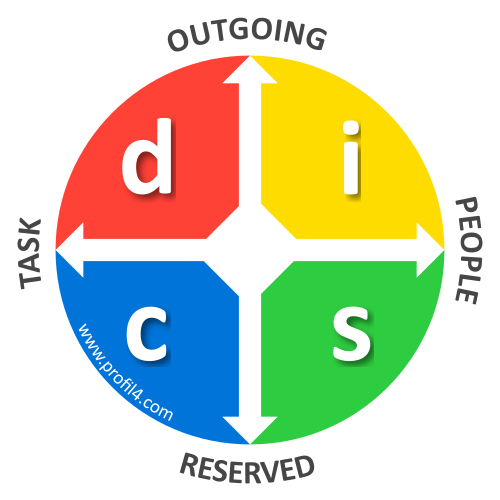
Using a DISC profile for fiction writing will help you understand how characters relate. Not only in the workplace, but elsewhere, too. When we know how characters will react to crises and opportunities, we can really have fun with our plotlines.
How Will a DISC Profile for Fiction Writing Help?
A DISC profile for fiction helps you imagine about how your characters would react in specific scenarios.
For instance, if your character has high Dominance, they will tend to take charge in social situations. For example, the way the elected leader of a group of boys stranded on an island (Ralph) takes charge in the classic novel The Lord of the Flies by William Golding.
Using DISC profile templates to plan stories will also help you:
- Build deeper insights into character motivations. Motivation is the reason behind your character’s goals. A DISC profile will help you understand where your character’s comfort zone lies, and how events may push them to act beyond it.
- Find ways to introduce conflict for your characters. Every story needs conflict. Knowing your characters’ Dominance, Steadiness, Influence and Conscientiousness will help you imagine how they’d react in conflict situations.
- Dig into your characters’ goals and fears. Whether you’re writing the villain of your story or the heroine, a DISC profile will help you plan how their goals and fears interact with qualities such as being outgoing or reserved, dominant or passive
- Establish your characters’ leadership qualities. Does your character like to be in charge or avoid leading? Does she fight the establishment or go with the flow? Knowing a character’s leadership potential will help you plan tense situations that put their abilities to the test
Using a DISC profile for fiction and character building is especially helpful for certain genres. For example, if you’re writing courtroom dramas, thrillers, procedurals, or any story that focuses on tense, high-stakes teamwork.
Introducing the DISC Personality Profile Character Template in Plottr
Creating a DISC profile for fiction goes a bit deeper than simply discovering which of the four personality profiles best fits each of your characters.
Although one quality will generally be dominant in a personality, the others are there, too — and how those lesser qualities show through will also impact your story.
Here’s a summary of what each category means in Plottr.
DISC Personality Profile
In this section, you’ll find explanations of each input field in the DISC Personality Profile template:
DISC Style
Pick the main style — Dominance, Influence, Steadiness, and Conscientiousness — for each of your characters. The link icon at the top of the template will take you to this resource on DISC styles.
Traits
Using the main DISC style you assigned to your character, brainstorm what traits they might have.
For example, someone with a Steadiness main style would be dependable, loyal, and methodical; a good team player; good at multitasking and finishing projects. However, a character with Steadiness might also struggle with change or new ways of doing things.
Goals
The DISC style also gives you insight into a character’s goals. Using the Steadiness example again, a person with that DISC profile might strive toward being more open to change or more assertive with others.
Fears
DISC profiles give you built-in ideas for your characters’ fears, depending on their personality style. For instance, a high-Influence person might fear becoming irrelevant, or being stuck in a lowly position with no recognition.
Influences Others with…
Each of the four personalities influences other people in unique ways. This part of the DISC Personality Profile template helps you think through how your character might manipulate or persuade other characters in general or in specific circumstances.
Overuses: Each DISC style has a tendency to overuse their main trait. A high-Dominance person may be competitive, but their strong need to win might push others away if it becomes out of balance. In conflict: DISC styles also influence how characters act during conflict. For instance, a high-Dominance character would likely attempt to control the outcome of an argument (or, for example, a hostage situation).
Could Improve Effectiveness by…
In this section, you should add how your character could become more effective by using his or her DISC Style characteristics in scenarios applicable to your story. Or you could add how your character will overcome or improve his or her trait-related challenges.
For example, if you’re a romance writer you could focus on how your hero could overcome his fear of commitment or reserved tendencies.
Leadership Qualities
This category gives you the opportunity to think about your characters in terms of how they lead others.
For instance, if your fantasy heroine has trouble with being independent, you could give her more opportunities to do so to aid in her character development over the course of your story.
As you browse each DISC style via the resource linked above, pay special attention to the variations summarized at the bottom of each style page! These may uncover interesting character qualities and secondary aspects of personality.
Example: Creating a DISC Profile with Plottr
Let’s explore how using the DISC Personality Profile Character Template in Plottr works, using Mickey Haller, the lead character from Michael Connelly’s The Lincoln Lawyer.
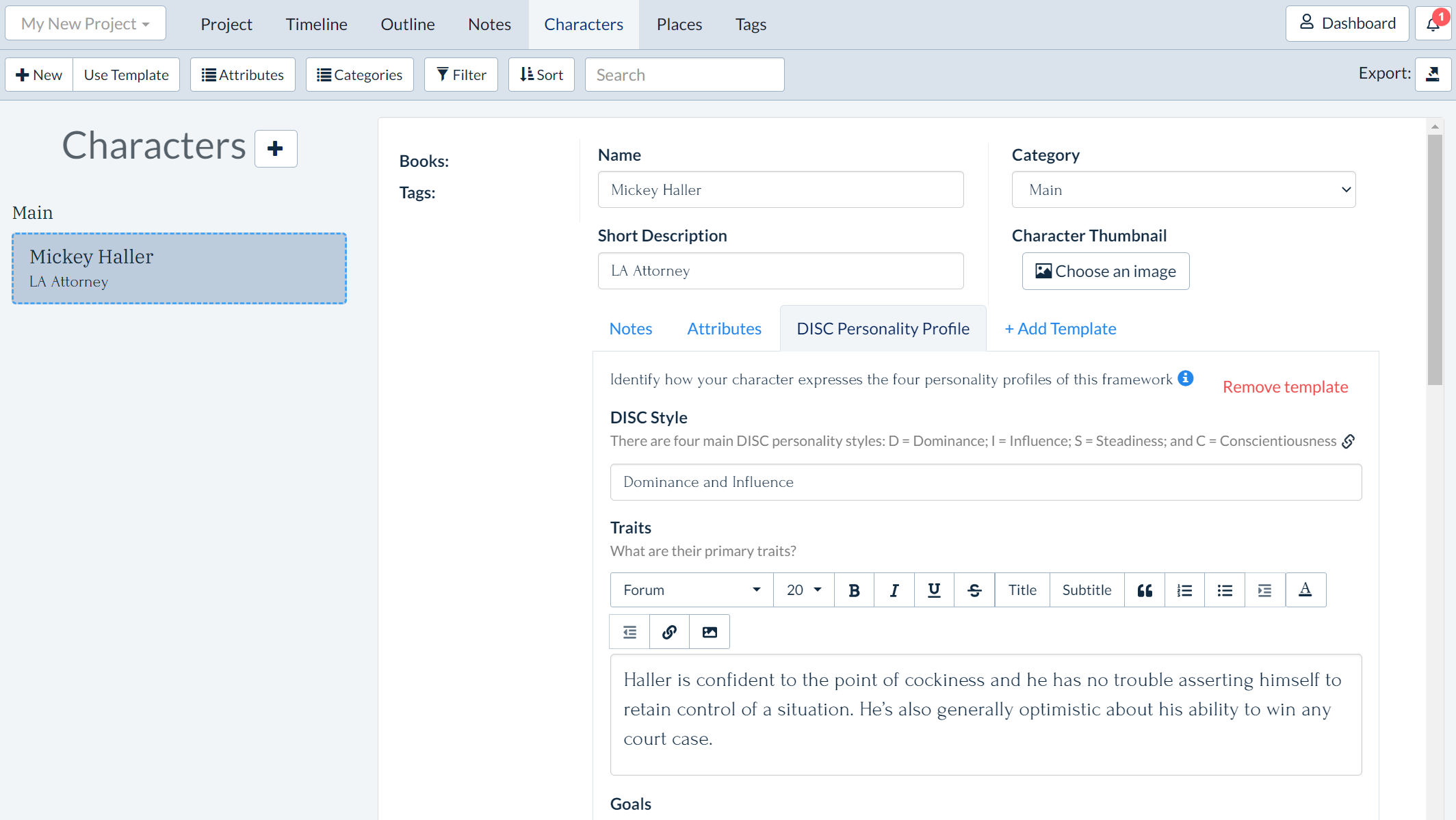
A DISC Profile for Los Angeles Attorney Mickey Haller
Here’s how we could fill out the DISC character template in Plottr for Mickey:
DISC Style: Mickey Haller ranks high in Dominance and Influence.
Traits: Haller is confident to the point of cockiness and he has no trouble asserting himself to retain control of a situation. He’s also generally optimistic about his ability to win any court case.
Goals: Haller enjoys the negotiation and manipulation required of court cases, and his goal is to win… sometimes at all costs.
Fears: Haller fears losing, especially if his client happens to be innocent.
Influences Others with… his charm and easygoing demeanor. Overuses: At times, Haller projects too much magnetism, which can backfire on him. In conflict: Because he deals with bikers, con artists, drug dealers, and drunk drivers, he’s developed a laissez-faire attitude about evil, so that he doesn’t always recognize it as fast as should.
Could Improve Effectiveness by… acknowledging his shortcomings and asking for help instead of going all “Lone Ranger” on every case.
Leadership Qualities: Haller has the ability to size up people and situations fast. Although he prefers to work alone, rather than in an office with other lawyers, his leadership qualities include taking charge when necessary but otherwise fading into the background whenever he can.
How to Use Plottr’s DISC Character Template
Ready to give DISC for fiction a try? Let’s walk through a step-by-step guide on just how to do it. First, you’ll need to purchase Plottr or sign up for a free trial.
Once you have Plottr set up on your computer, here’s how to add the DISC Personality Profile Character Template to your project.
- Step 1: Open Plottr to start a new project or open an existing one
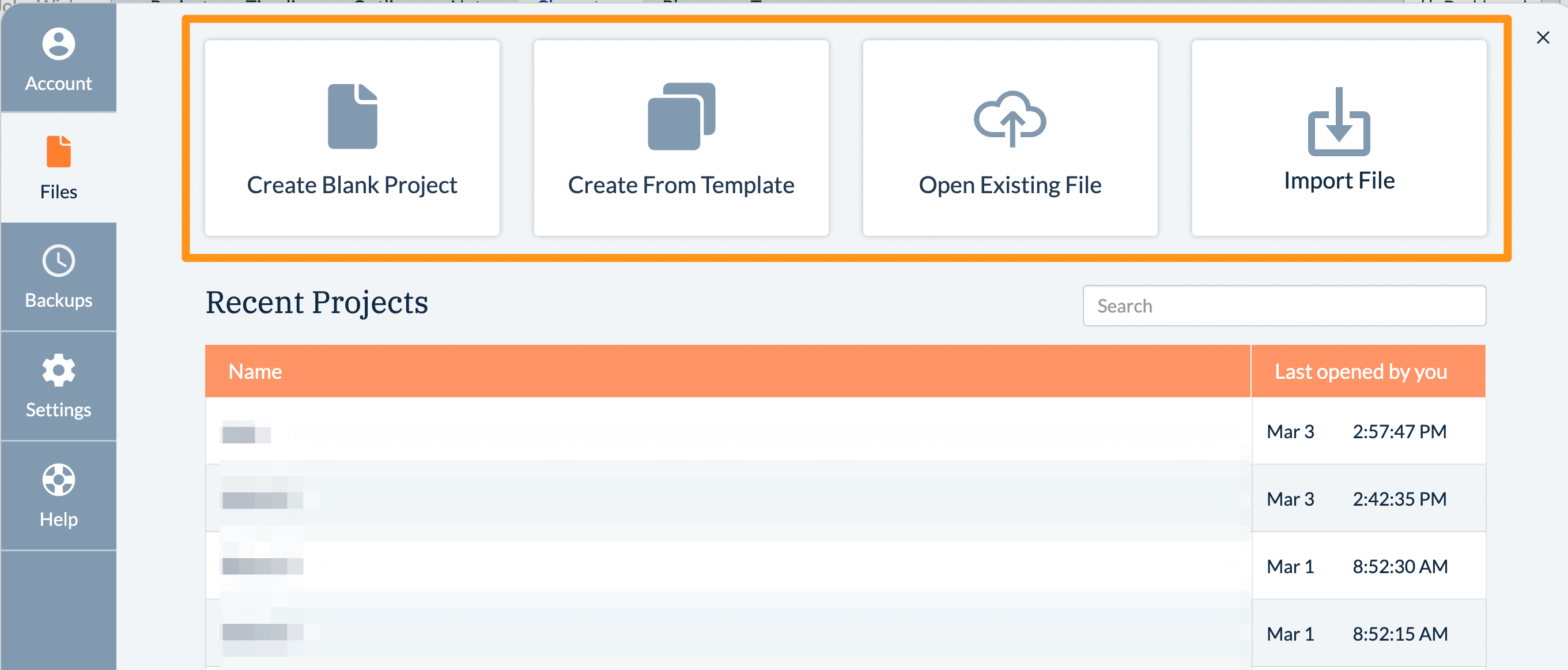
- Step 2: In the open project, select the Characters tab at the top, then create a new character or open an existing character
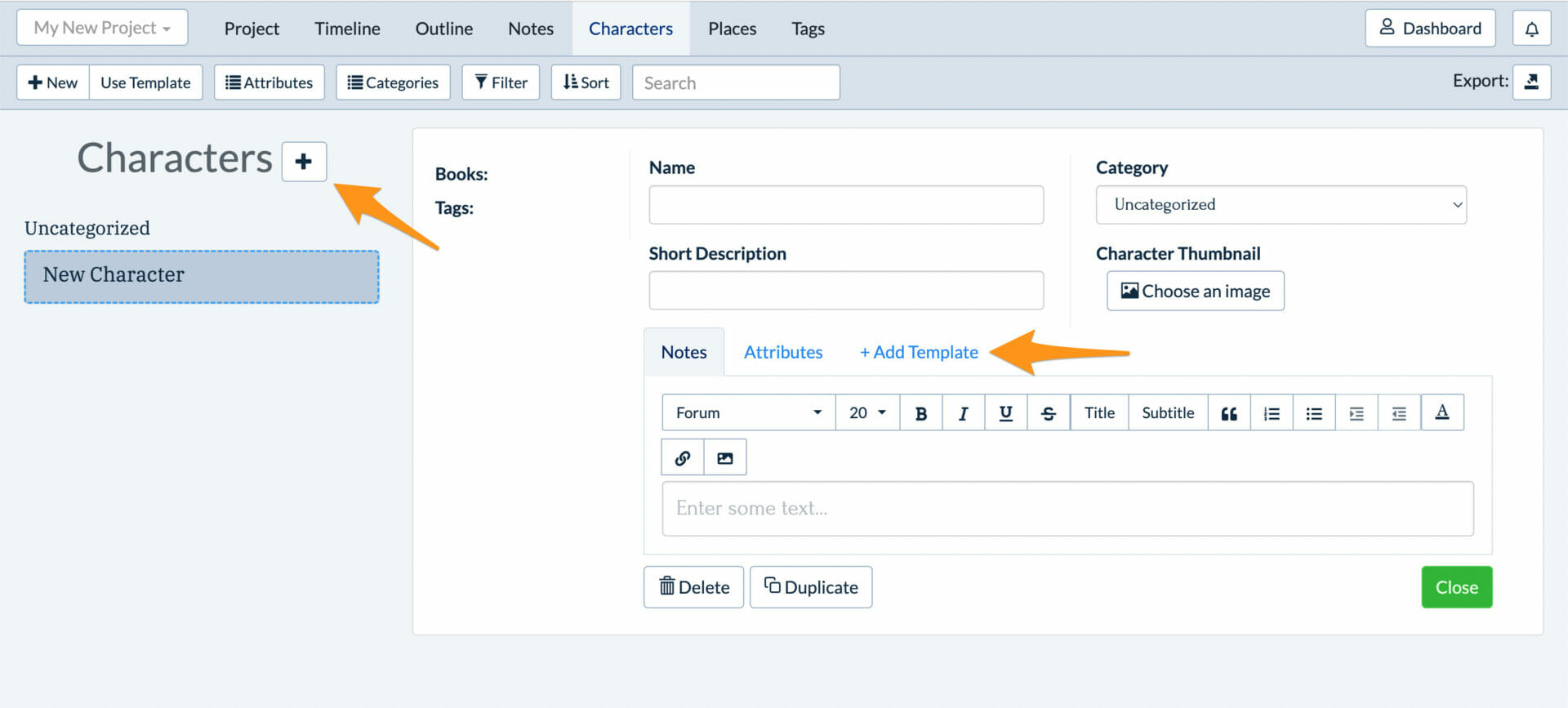
- Step 3: Click +Add Template in the editing panel and select DISC Personality Profile from the list. Then, click the Choose button!

- Step 4: Begin filling in the details of each section
You’re now ready to begin plotting with DISC for fiction.
If you’re looking to add more details to your character profiles, the DISC template pairs well with:
What’s Your Favorite Character’s DISC Personality type?
Uncover your character’s traits, goals, and fears and create a DISC profile for fiction with Plottr.
Don’t have Plottr yet? Start with a free trial to explore character templates, plot templates and more, and join us for free Plottr tutorials on Tuesdays.
Tell us in the comments what you think your favorite character’s main DISC style might be!

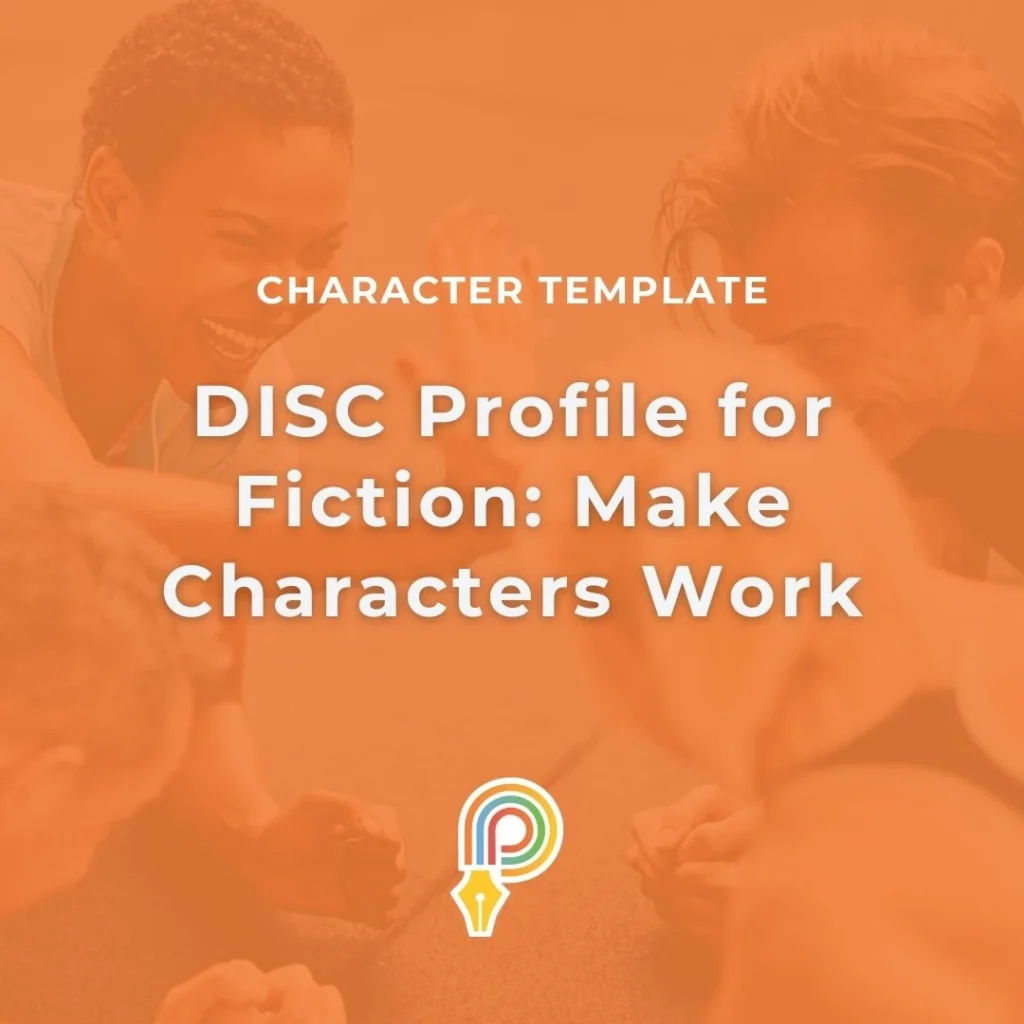




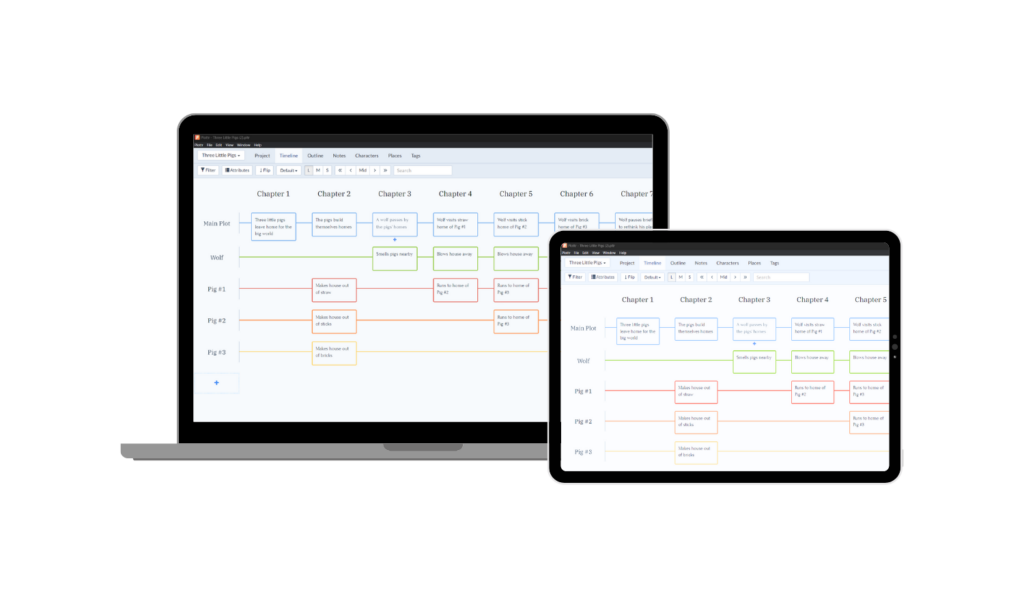
Comments